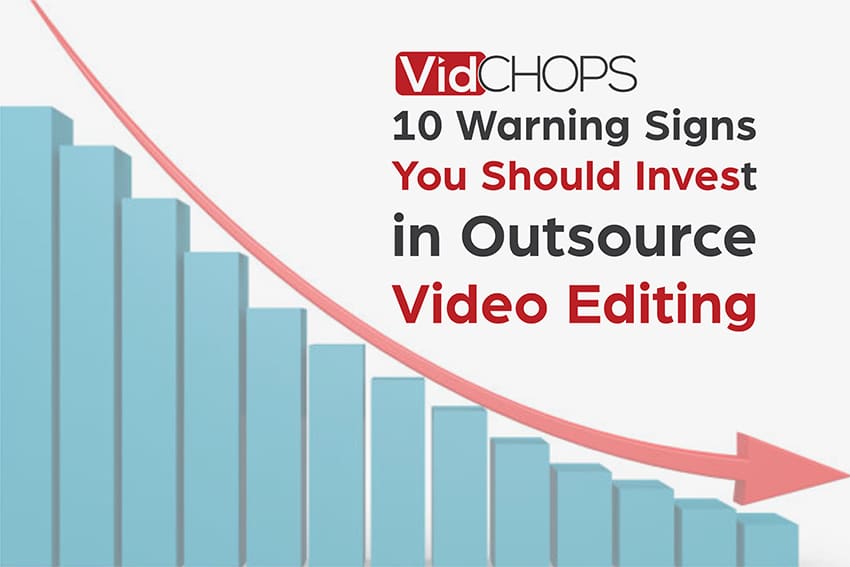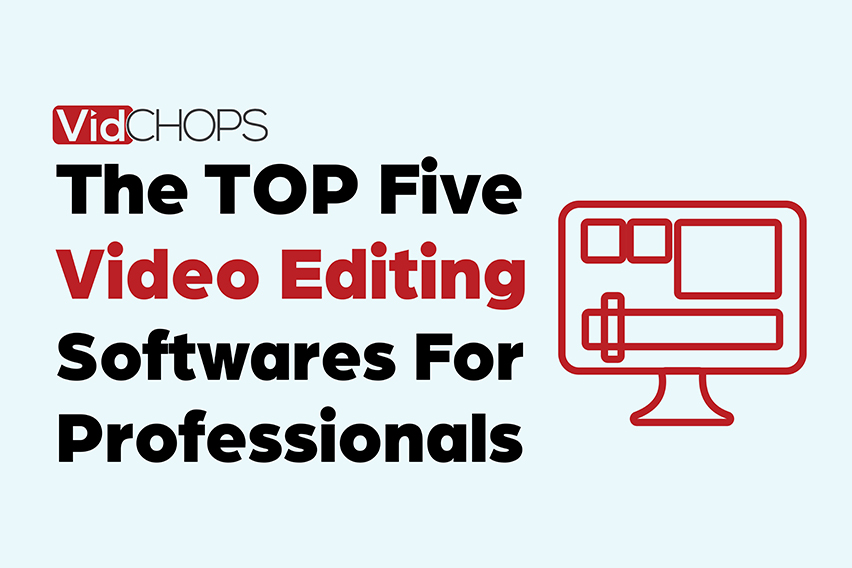How Top Video Creators Turn Simple Views Into 7-Figure Businesses
We break it all down on The Video Creatr Show, click the link below.

YouTube is such a great place. It’s a place where you can share your passions, talents, and creativity with the world. If you want to expand the reach of your YouTube channel, choosing how often to upload videos is one of the most crucial decisions you’ll make as a content creator. Just before you hit that “upload” button, you need to ask yourself: How often should I upload videos to my YouTube channel? This can be a challenging undertaking, with so many things to take into account. We know it can be a tricky question, but have no fear!
In this article, we’ll discuss the science and skill of determining the ideal video upload frequency. We’ll be dissecting the essential components that will help you develop a YouTube strategy that really stands out, from choosing a timetable that works for you to comprehend the demands and desires of your audience. So let’s don our imaginative caps and set out to find the best frequency for uploading videos to your channel.
The Creative Way to Determine the Optimal Video Upload Frequency for Your Channel
Producing quality material is only one part of building a successful YouTube channel. As we’ve seen, one of the most crucial things to think about is how frequently you ought to post videos. The growth, engagement, and general success of your channel can be significantly impacted by the number of your uploads. But how do you choose the best frequency for your channel for video uploads? Here are a few crucial things to think about:
1. Audience Expectations
Your viewers will develop a particular frequency for new content from you, and if you don’t satisfy those expectations, they can stop watching. It’s crucial to stick to your upload schedule and choose a frequency you can stick with.
It all boils down to hitting the sweet spot when it comes to audience expectations. You should upload often enough for your audience to remember you, but not so regularly that you’re saturating them with information.
Consider it like a TV show; if new episodes are broadcast once a week, people will check in each week to see what’s coming next. However, if new episodes air every day, viewers can become disinterested and overwhelmed.
Consider your channel’s audience first before choosing the appropriate frequency. What are they seeking, and who are they? If the majority of your audience consists of working professionals, they might not have the time to read everyday articles. On the other hand, students who have more free time may be more inclined to interact with daily content if they make up your audience.
To find out how frequently your own videos receive the most views, you may also use tools like YouTube Analytics. This might assist you in deciding on your upload schedule by giving you an indication of how frequently your audience interacts with your content.
Listening to the opinions of your audience is another technique for choosing the proper frequency for your channel. What they want and when they want it should be discussed. Gather this data through polls, surveys, and comments to guide your judgments.
All in all, considering your audience’s expectations is all about finding the sweet spot that works for your audience and being consistent with your schedule.
2. Niche
Different niches will have different video upload frequencies. The type of content you produce and the audience you’re targeting will have a direct impact on how often you should be uploading videos. For example, if you’re running a vlogging channel, daily uploads might be necessary to document your daily life, keep your audience engaged, and keep them coming back for more. On the other hand, if you’re running a cooking channel, once-a-week uploads might be sufficient, as it takes time to research, prepare, film, and edit a cooking video.
It’s also important to research your competitors and see what upload frequency works for them in your niche. Take a look at the top channels in your niche and see how often they’re uploading videos. You can also use tools like YouTube Analytics to see how often your own videos are getting the most views. This might assist you in deciding on your upload schedule by giving you an indication of how frequently your audience interacts with your content.
Also, you can use your niche as an opportunity to be creative and stand out from the crowd. For example, if you’re running a DIY channel, you can upload videos twice a week, where one video is an in-depth tutorial and the other is a quick tip video. This will give your audience a variety of content and keep them engaged.
In summary, thinking about your niche involves understanding the type of content you’re producing, the audience you’re targeting, and what works for your competitors.
3. Resources
You should take into account the tools and time you have at your disposal to create content. Be honest with yourself about how much content you can really produce, and plan your uploads accordingly.
Resources are important when deciding on the best video upload frequency for your channel. Even though you might want to upload films frequently throughout the day, it’s crucial to be realistic about your capacity for content creation and the resources at your disposal.
For instance, it might not be practical to upload every day if you’re a lone content creator with little time to film, edit, and submit videos. In this situation, uploading once or twice a week would be more suitable. On the other hand, you might be able to upload more regularly if you have a team or access to greater resources.
The cost of creating the content should also be taken into account. Creating high-quality videos can be expensive, from equipment, location, and editing software, to the cost of any props or costumes that may be needed. When choosing your upload frequency, be sure to take these expenses into account and watch out for financial overload.
Repurposing your content is another approach to making the most of your resources. One video can be turned into several different types of content, such as a blog post, podcast episode, social media post, or vlog. By doing so, you will be able to use your resources more efficiently and upload more frequently without having to create fresh content each time.
4. YouTube Algorithm
The YouTube algorithm is a crucial factor to take into account when choosing the best video upload frequency for your channel. The YouTube algorithm prefers channels with frequent uploads over those with irregular uploads. The algorithm aims to keep users interested and returning for more content, and it interprets frequent uploads as an indication of an active and engaged channel. So, maintaining a regular schedule is essential if you want more people to watch your films.
Regular video uploads assist you to establish a continuous presence on the platform while also keeping your viewers interested. Your visibility will grow as a result of this consistency, and new viewers are more likely to find your videos through recommendations. You will therefore have a better chance of expanding your following and channel as a result.
It’s crucial to maintain a regular routine if you want to benefit from the YouTube algorithm. This entails picking a frequency that you can sustain and adhering as closely as you can to it. Additionally, it’s crucial to remember that the system favors channels that upload occasionally but not excessively, so watch out for overwhelming your audience with content.
You can also utilize YouTube statistics to keep tabs on how well your videos are performing and change how frequently you post new content as necessary. You can do this to improve your videos for the algorithm and raise the likelihood that more people will see them.
In short, the YouTube algorithm is an important factor to consider. Since it favors channels that upload regularly, it’s important to stick to a consistent schedule and not overwhelm your viewers with too much content.
5. Your goals
Your objectives play a big part in figuring out the best video upload frequency for your channel. The goals you have for your channel will determine how frequently you upload. What are you after? What are you looking forward to obtaining from this channel?
For instance, you might need to publish regularly to keep your audience interested and coming back for more if your objective is to monetize your channel and use it as a secondary source of income. This is because you have more options to monetize your channel through sponsorships, advertisements, and affiliate marketing the more regularly you upload.
On the other side, you might not need to upload as frequently if your objective is to establish yourself as an authority in your niche and cultivate a community. Instead, you can concentrate on producing in-depth, high-quality content that speaks to the wants and requirements of your audience.
To sum up, your goals are another important factor to consider in determining the optimal video upload frequency for your channel. Understand what you want to achieve with your channel, and go for it.
In a nutshell, the audience expectations, Niche, Resources, YouTube Algorithm, and your goals are all important factors to consider when determining the optimal video upload frequency for your channel. As a rule of thumb, it’s important to keep in mind that trial and experimentation will be necessary to determine the best frequency for your channel to upload videos. Additionally, it’s critical to keep in mind that what works for one channel might not be appropriate for another, so it’s always a good idea to experiment with various frequencies to determine which ones are most effective for your channel.
Once you have considered the above factors, you can now come up with a posting schedule. Remember, consistency is key. Once you’ve determined the right frequency for your channel, it’s important to stick to it as closely as possible. Your audience will come to expect new content from you at a certain frequency, and if you don’t meet those expectations, they may lose interest.
Here are 5 tips on how you can stick to your posting schedule after you make it.
1. Make a content calendar
A content calendar can help you schedule your posts and plan your videos ahead of time. To arrange your material and plan it out, use tools like Google Calendar or a content calendar template.
2. Prioritize and batch your content creation
Prioritizing your content creation will help you stay on top of your schedule. Try batching your content creation and dedicating specific days to filming, editing, and uploading your videos.
3. Create reminders
Reminding yourself to publish regularly can be done by setting reminders for yourself. Set reminders for when you need to generate and upload new content using your phone, calendar, or any other tool that you have available.
4. Get an accountability partner
Having a companion for accountability can help you stay motivated and on course. Give a buddy or coworker a copy of your posting schedule, and then follow up with each other to make sure you’re keeping to it.
5. Learn to say no
People often fall behind on their posting schedule because they take on too much. This is one of the main causes. Learn to decline offers that will cut into your time for creating and publishing content.
Short and Sweet: The Perfect Posting Schedule for Your YouTube Shorts
In a similar way to TikTok, YouTube Shorts is a brand-new feature that enables users to make 15-second videos. Because of how quickly the feature gained popularity, many creators are now using YouTube Shorts to interact with and reach new audiences.
When it comes to determining the optimal video upload frequency for YouTube Shorts, the frequency can be higher than for traditional YouTube videos. This is because YouTube Shorts are shorter in length, and therefore, take less time to create and upload. Additionally, since the videos are shorter, viewers are more likely to watch multiple videos in one sitting, which can increase engagement and views. Therefore, in addition to the factors we have discussed above for normal YouTube videos, you should increase the posting frequency for your YouTube Shorts videos.
YouTube Shorts is a great way to engage with your audience and reach a larger audience. The frequency of uploads for YouTube shorts can be higher than for traditional videos due to their shorter length. Keep in mind to research all the previously discussed factors and make adjustments accordingly.
The Bottom Line: Consistency is Key
In conclusion, determining the optimal video upload frequency for your YouTube channel is a balancing act between audience expectations, niche, resources, YouTube algorithm, and your goals. By considering these factors and using tools like YouTube Analytics, you’ll be able to find the frequency that works for you and your channel.
But always maintain consistency. It’s crucial to adhere as closely as you can to the frequency you’ve chosen for your channel. Your audience will have specific expectations for new content from you, and if you don’t meet those expectations, they can stop being interested in you. And if you’re struggling to keep up with your upload schedule, consider partnering with Vidchops, a video editing service. For a small monthly fee, you can get unlimited videos edited per month, and a dedicated video editor to help take your content to the next level.




